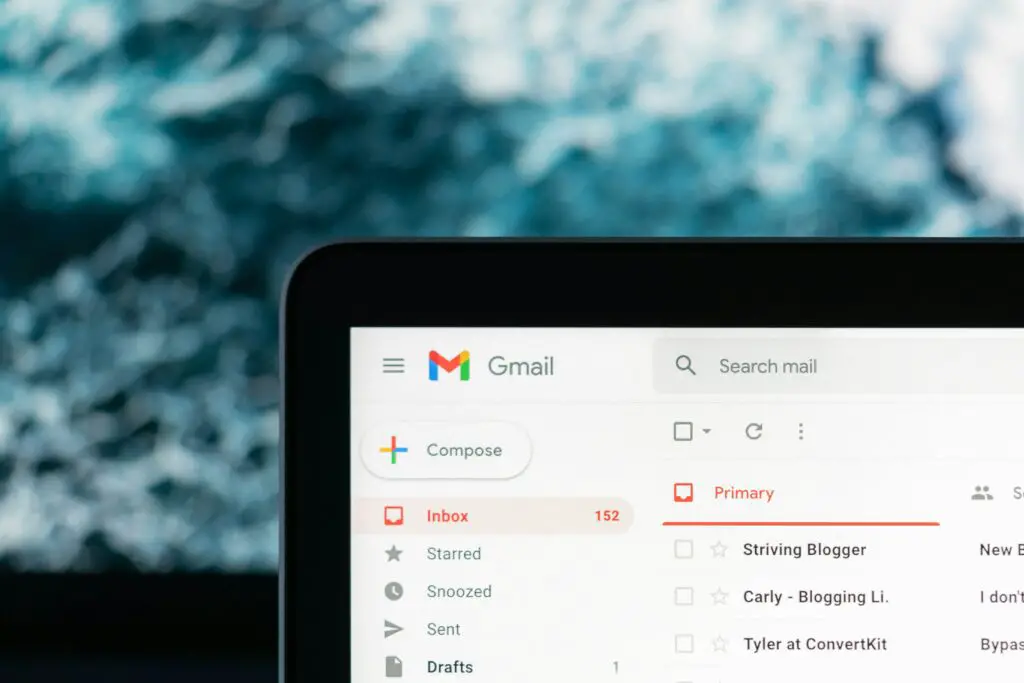Ways to Ask If Someone Received Your Email
Communication in the digital age often revolves around emails, a medium that allows for swift and efficient correspondence. However, despite its convenience, the uncertainty of whether your email has been received and read can be a source of frustration. Fortunately, there are various tactful ways to inquire about the status of your email without appearing pushy or impatient. In this article, we explore the art of subtly checking if someone has received your email and offer insights into navigating this aspect of modern communication etiquette.

The Direct Approach: “Did You Receive My Email?”
Sometimes, the most straightforward approach is the most effective. Sending a polite follow-up email asking directly whether the recipient received your previous message is a simple yet direct way to clarify any uncertainties. Keep the tone friendly and courteous, expressing your understanding of their busy schedule while gently reiterating the importance of the information you’ve sent.
Requesting a Delivery Receipt
Many email platforms offer the option to request a delivery receipt, which notifies you when your email has been successfully delivered to the recipient’s inbox. While this feature doesn’t guarantee that the email has been read, it provides reassurance that your message has reached its intended destination. When using this method, it’s essential to respect the recipient’s privacy and not interpret a lack of response as a sign of disregard.
Utilizing Read Receipts
Similarly, some email services support read receipts, which notify you when the recipient opens your email. This feature offers more concrete confirmation that your message has been received and acknowledged. However, keep in mind that read receipts can be disabled by the recipient or may not be supported by their email client, so it’s not always a foolproof method.
Employing Follow-Up Statements
Incorporating subtle follow-up statements in subsequent communications can also serve as a gentle reminder that you’re awaiting a response to your previous email. Phrases like “I wanted to ensure my previous message didn’t get lost in your inbox” or “I’m following up on the email I sent earlier” can prompt the recipient to check their inbox without directly asking if they received your email.
Referencing Attachments or Key Points
Another effective way to indirectly inquire about the status of your email is to reference specific attachments or key points mentioned in the message. For example, you could say, “I included some important documents regarding our upcoming project in my email earlier this week. Have you had a chance to review them?” This approach subtly reminds the recipient of the content of your email while prompting them to confirm receipt.
Checking Message Tracking Information
Some email services provide detailed message tracking information, allowing you to see when your email was opened and how many times it was viewed. While this level of insight can be valuable, it’s essential to use this feature judiciously and respect the recipient’s privacy. Additionally, not all email providers offer this functionality, so it may not be available in every situation.
Engaging in Alternative Channels
If you have alternative means of communication with the recipient, such as a phone number or instant messaging platform, you can politely reach out through these channels to confirm whether they received your email. However, be mindful of the recipient’s preferred mode of communication and avoid overwhelming them with messages across multiple platforms.
Asking for Confirmation in Advance
When sending time-sensitive or critical information via email, it’s wise to request confirmation of receipt in advance. You can include a polite request at the end of your email, such as “Please let me know once you’ve received this message, so I can ensure that all necessary actions are taken promptly.” This proactive approach demonstrates professionalism and helps avoid misunderstandings.
Conclusion
Navigating the intricacies of email communication requires finesse and consideration for both the sender and recipient. By employing tactful strategies to inquire about the status of your emails, you can maintain clear and effective communication while respecting the boundaries of the recipient. Whether opting for a direct inquiry, leveraging email features, or utilizing subtle follow-up statements, the goal remains the same: to ensure that your message is received and acknowledged in a respectful manner.

